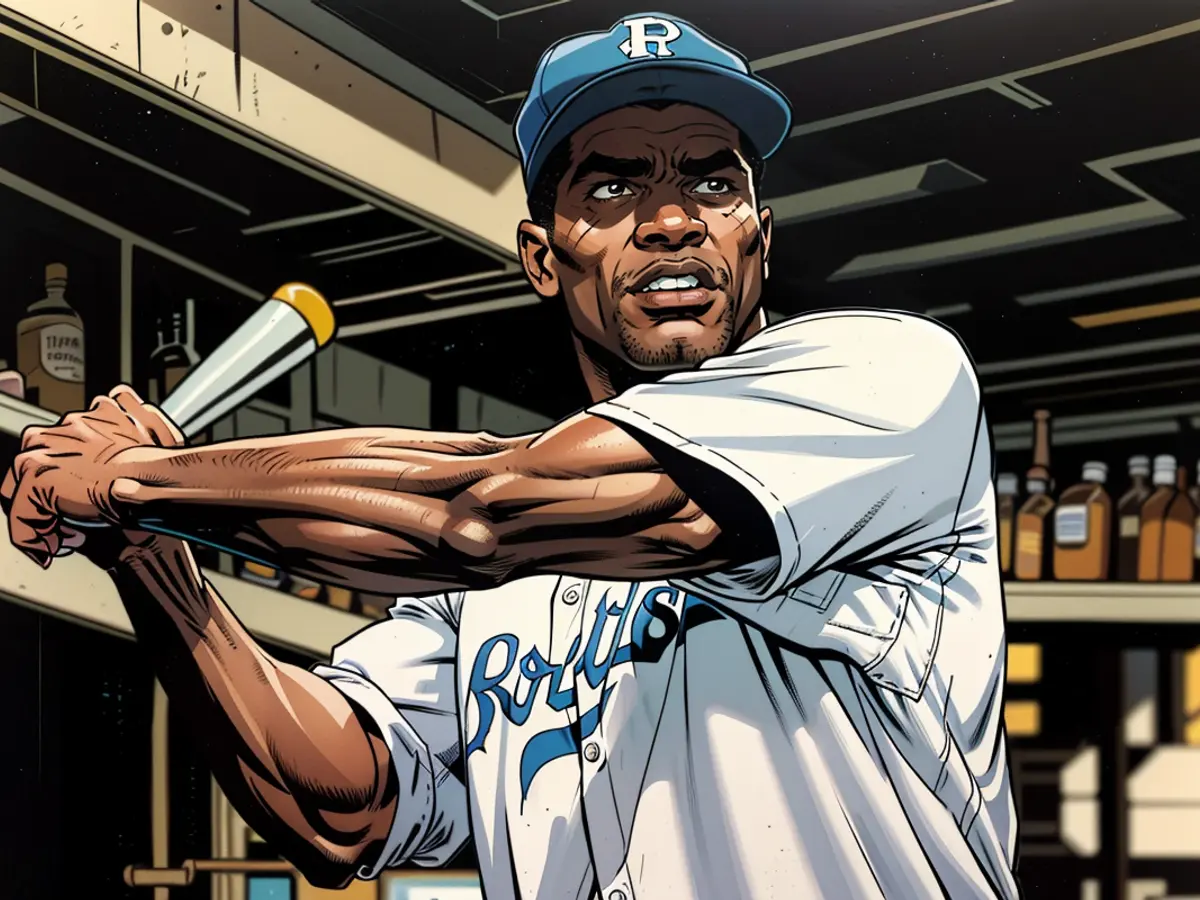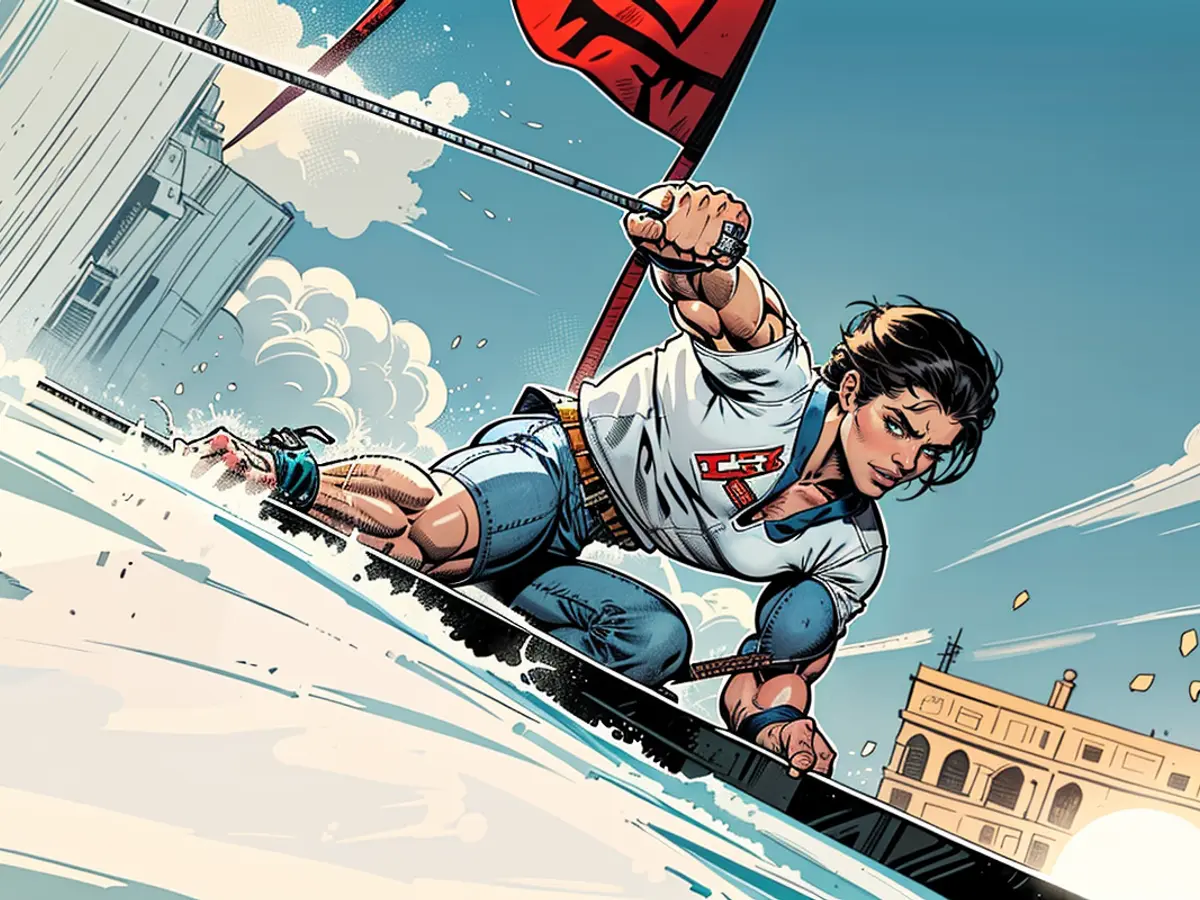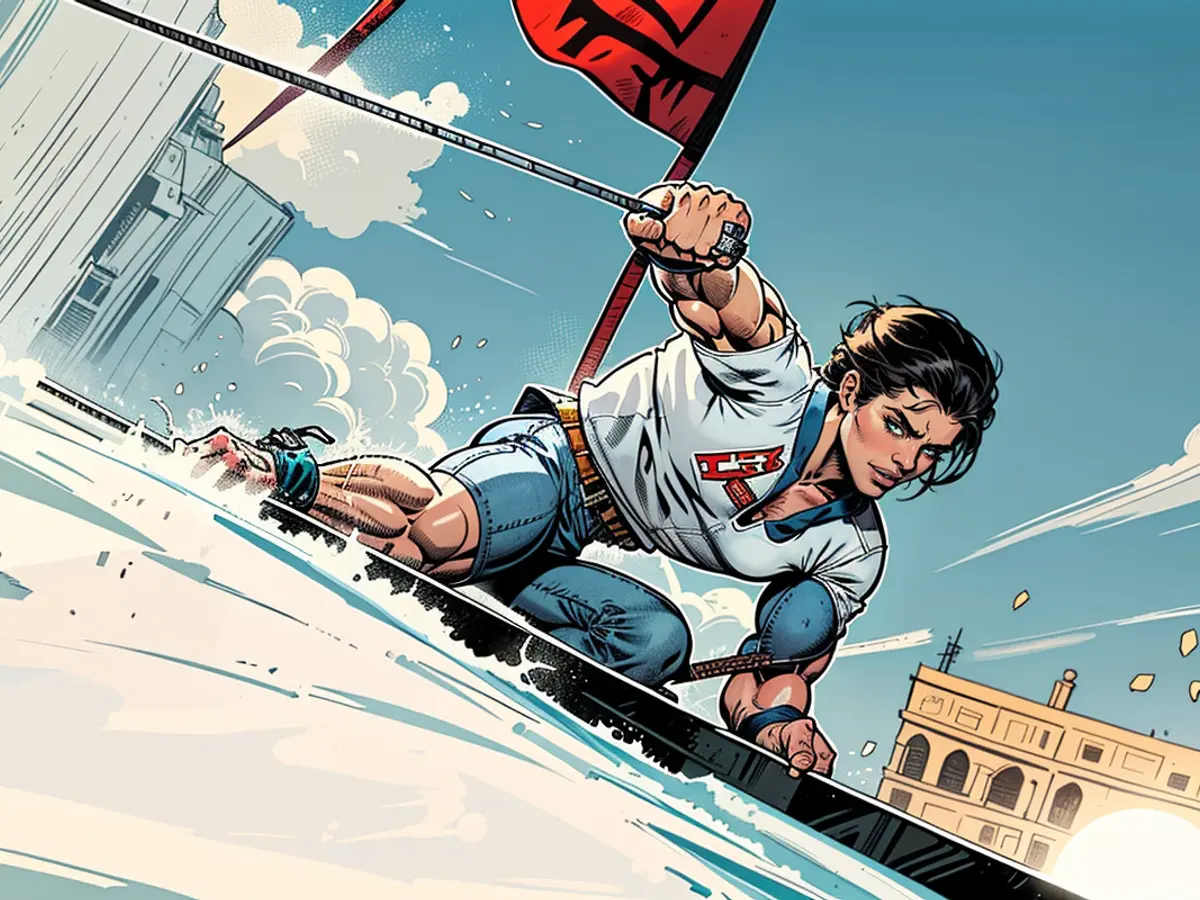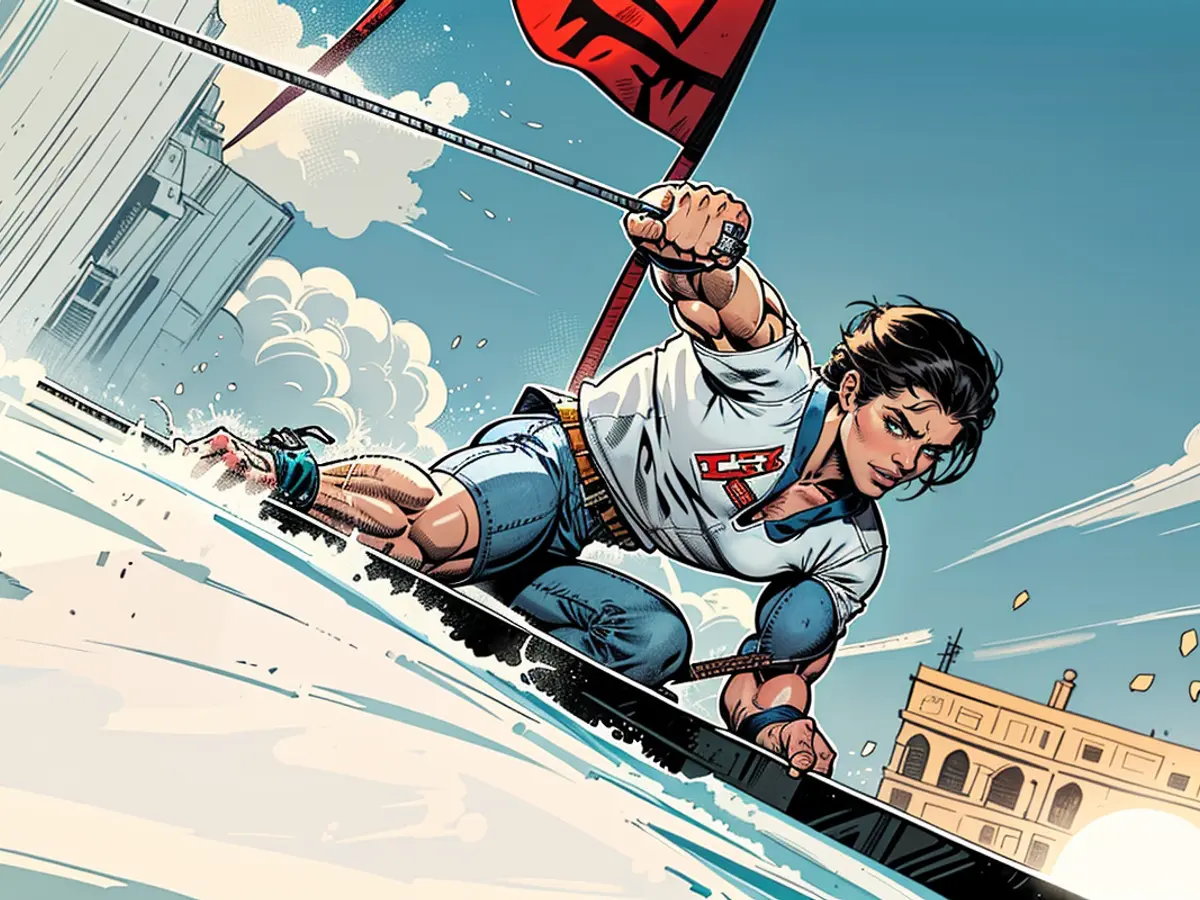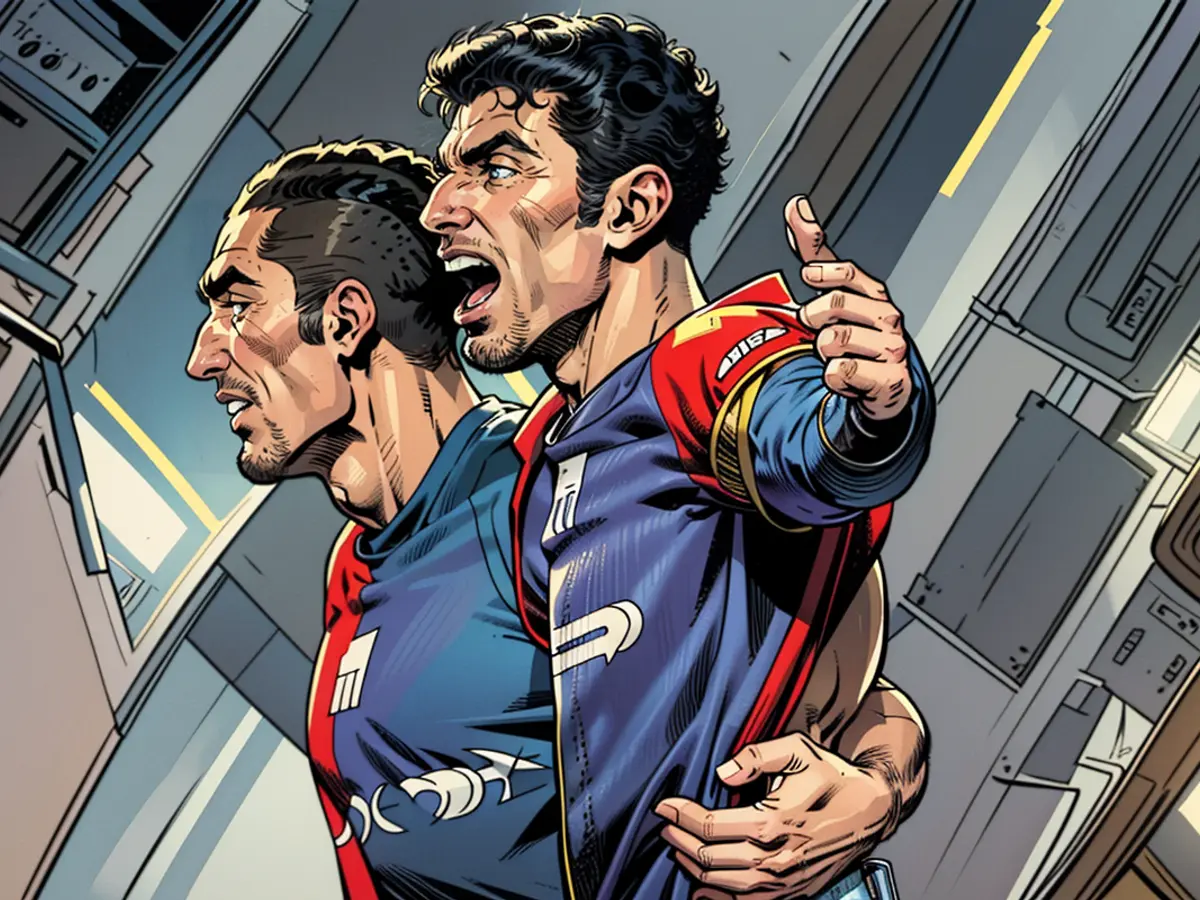Transforming from Brooklyn's Adored to LA's Gargantuan: The Dodgers' Journey from Favorite to Titan
Back in the day, any Yankees player heading towards a face-off against the Dodgers could have strolled without a worry.
Prior to the emergence of star players like Shohei Ohtani, Clayton Kershaw, and even Fernando Valenzuela, property tycoon Charles Byrne put out an announcement in the New York Clipper, seeking "men of intellect and not rowdy ruffians who just happen to possess some skill as a player but whose lifestyle and behavior make them unfit for effective teamwork."
It was 1883, and Byrne was in the process of forming a baseball team - one that would eventually gain recognition as the Brooklyn Dodgers.
Deep-pocketed Investors
Baseball teams have been contesting from Brooklyn since as early as 1849, but Byrne was determined to make his mark with this endeavor.
Managing to convince his brother-in-law Joseph Doyle and casino owner Ferdinand “Gus” Abell to back his venture financially, Byrne spent a whopping $32,000 (equivalent to nearly $1 million today) to construct Washington Park, so named because of a stone residence in the area that General George Washington used during the Battle of Long Island in the Revolutionary War.
Initially, the team was dubbed the “Grays” due to their uniform color. Joining the Interstate Base Ball Association's minor-league, they played average baseball to begin with.
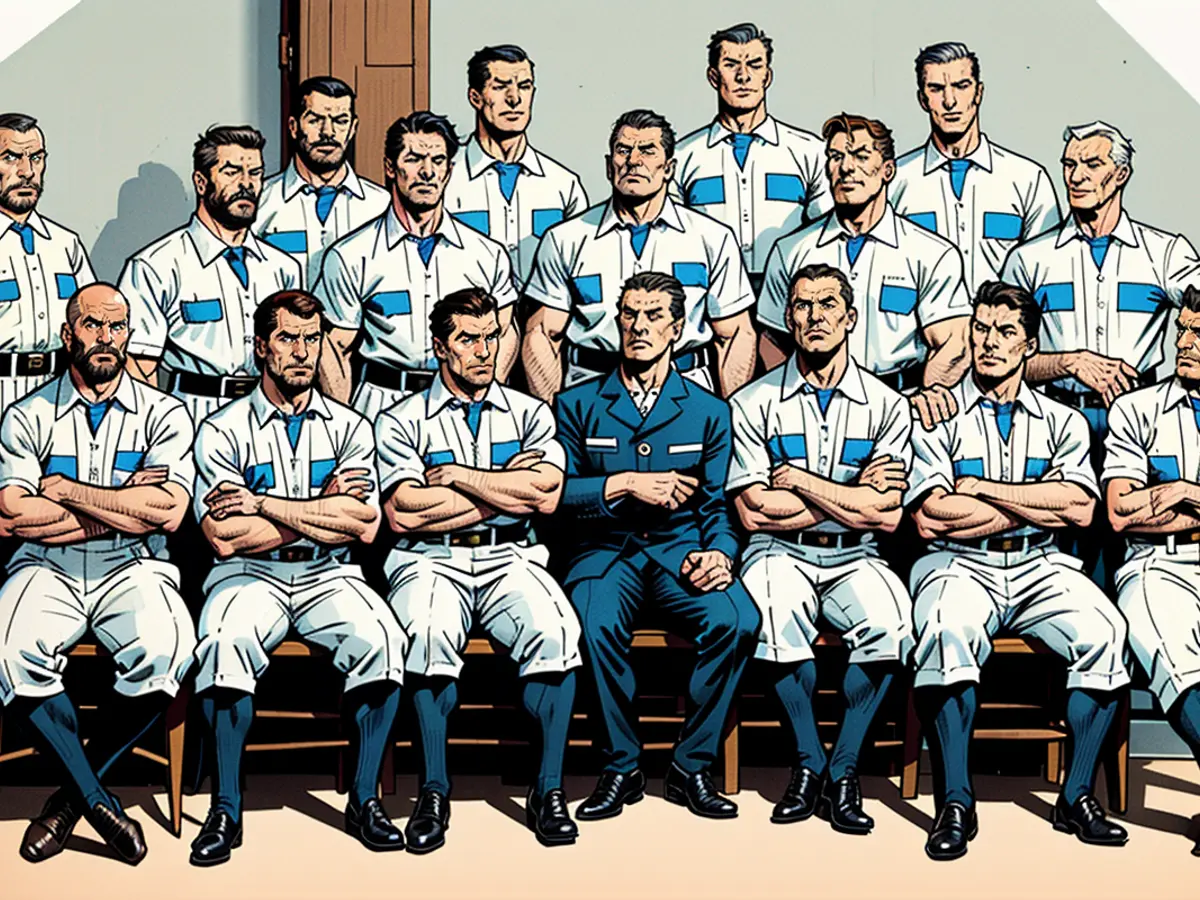
However, when the first-placed Camden Merritts disbanded halfway through the Grays' inaugural season in 1883, Byrne swooped in and snatched up the Merritts' best players on lucrative salaries, securing the pennant at the first attempt.
Byrne repeated this trick numerous times. In 1885, after transitioning to the American Association - then a major league alongside the National League - the Grays took advantage of the demise of the Cleveland Blues, acquiring their manager and several of their star players. The New York Times dubbed it "the most significant event ever to shake up baseball."
In 1887, it was the original New York Mets' turn to be picked clean - Byrne purchased the entire team for $25,000 (approximately $830,000 in 2024) and kept the most promising players. Next, he aimed for the St. Louis Browns, buying three of their top talent for $19,000 (equivalent to roughly $630,000 today).
1890 saw the franchise, now known as the "Bridegrooms" due to six of its players tying the knot during or after the 1888 season, compete in the National League for the first time, bagging the pennant at their debut attempt with a record of 86-43.
The following three decades would witness Brooklyn claiming the NL pennant four more times. It would also lead to the team adopting another moniker. As commuters began dodging the electric trolleys that became the dominant mode of transport in the borough, the team was christened the "Trolley Dodgers," eventually becoming known simply as the "Dodgers."
'Dem Bums'
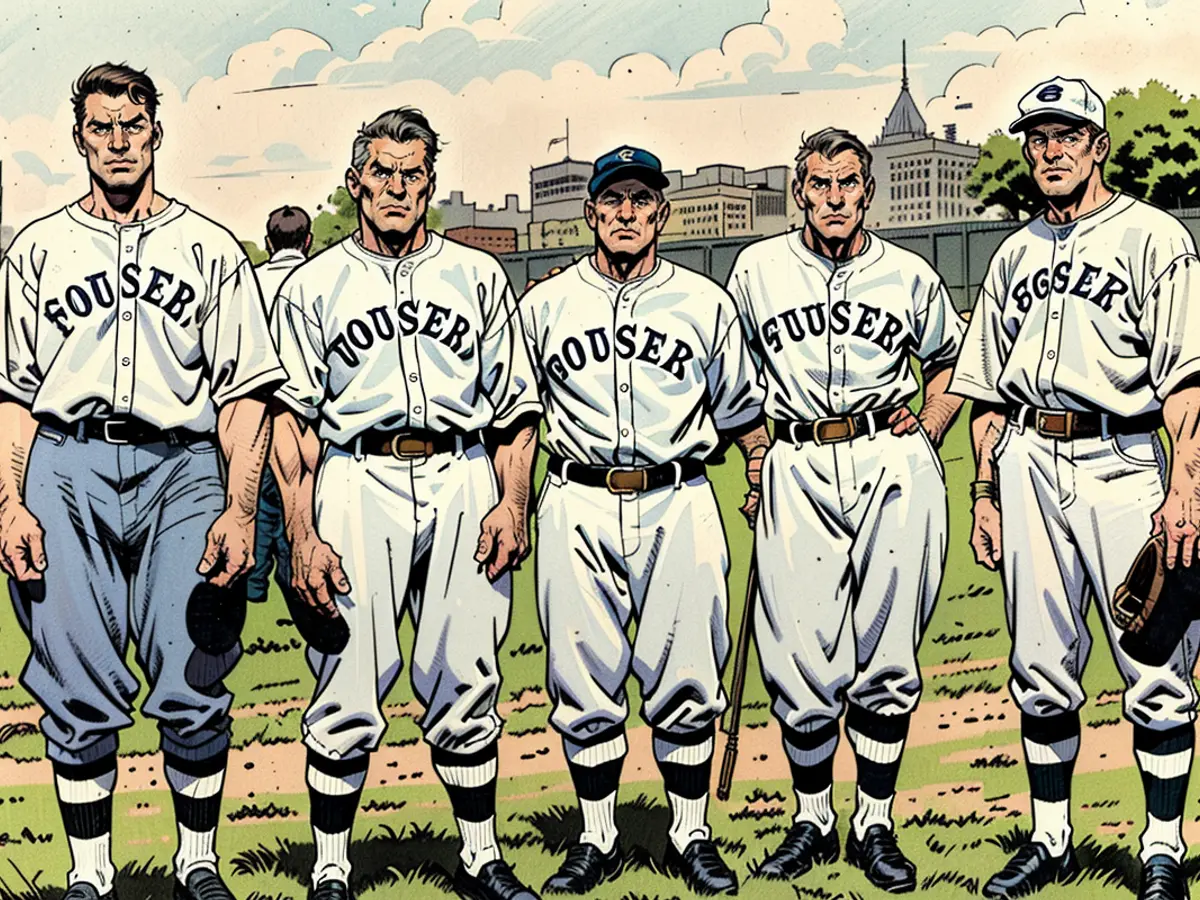
With the two decades following 1920 resulting in no further pennants and an increasing sense of stagnation on the field, the Dodgers' reputation shifted from championship heroes to lovable underdogs.
In 1939, a cab driver informed sports cartoonist Willard Mullin about the Dodgers' standing, lamenting, "Dem Bums are bums." Mullin's subsequent "Brooklyn Bum" cartoon, which portrayed circus hobo Emmett Kelly's character "Weary Willie" as a representation of the struggling team, encapsulated the period of struggle.
The following decade would see a turnaround in fortunes for the Dodgers, however. After clinching the pennant in 1941, the Dodgers emerged victorious six times in ten years between 1947 and 1956, fueled by players such as Jackie Robinson, the first black player in the modern major leagues.
In 1955, the Dodgers, who had lost to the Yankees in the previous five World Series, finally avenged their city foes and clinched the World Series championship for the first time.
Moving West
The franchise was as successful off the field as it was on it - between 1952 and 1956, the Dodgers were the sole team in the National League that managed to generate profits.
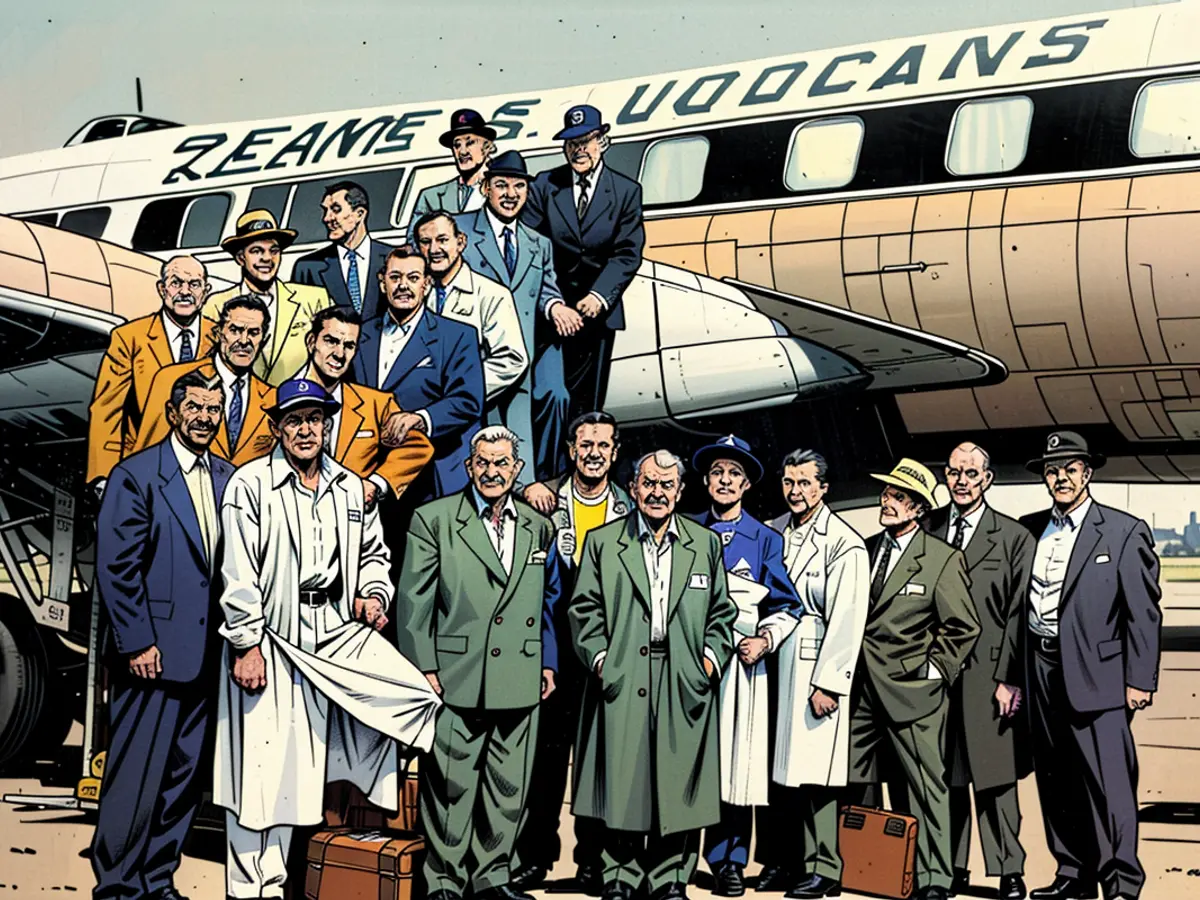
Owner Walter O'Malley had his eyes set on a new stadium to replace the 45-year-old Ebbets Field. He approached urban planner and public official Robert Moses with a proposal to construct a stadium at the intersection of Atlantic and Flatbush, where the Barclays Center now stands.
Moses had concerns about traffic congestion in downtown Brooklyn and suggested the Dodgers move to Queens, near where Shea Stadium eventually opened. O’Malley couldn't fathom the idea of the Brooklyn Dodgers moving to Queens, so he set his sights on Los Angeles.
Inspired by the financial success of the Braves' relocation from Boston to Milwaukee in 1953, O’Malley saw Los Angeles, which had no major league team, as the perfect location for a stadium and a new chapter in the Dodgers' history.
However, not everyone was in agreement. Speaking to the New York Times in 2007, the Dodgers' ex-general manager Buzzie Bavasi recalled that the franchise's management had a vote on whether to move. It ended 8-1 against, but the one was O’Malley, and so the decision was made.
Managing to persuade New York Giants proprietor Horace Stoneham to transfer bases to San Francisco, keeping the rivalry alive, O'Malley and the Dodgers declared the shift on October 7, 1957. Half a year later, the Los Angeles Dodgers faced off against their new rivals, the San Francisco Giants, in their inaugural game, emerging victorious with a score of 6-5 at the Los Angeles Memorial Coliseum.
Since then, Brooklyn has only secured one major title across all sports – the Liberty's WNBA trophy, which they clinched on a recent Sunday. In contrast, the Dodgers have added 13 National League pennants and six World Series victories to their trophy cabinet.

Even with a country-wide distance between them, the Dodgers and Yankees have managed to keep their rivalry alive, clashing against each other in the World Series four more times before 2024, with both teams emerging victorious on two occasions.
Although Ohtani vs. Aaron Judge might seem worlds apart from Pee Wee Reese versus Joe DiMaggio, the Dodgers' objective remains the same as when they initially squared off 83 years ago – to leave the Yankees feeling dejected and defeated, only this time, "home" is a considerably longer journey.
In light of the Dodgers' impressive history, it's no surprise that modern baseball stars like Shohei Ohtani feel the pressure when they step onto the field for a match against their legendary rivals.
Moreover, the sporting world often refers to the Dodgers-Yankees rivalry as an enduring testament to the competitive spirit of baseball, a legacy that continues to resonate even today.
